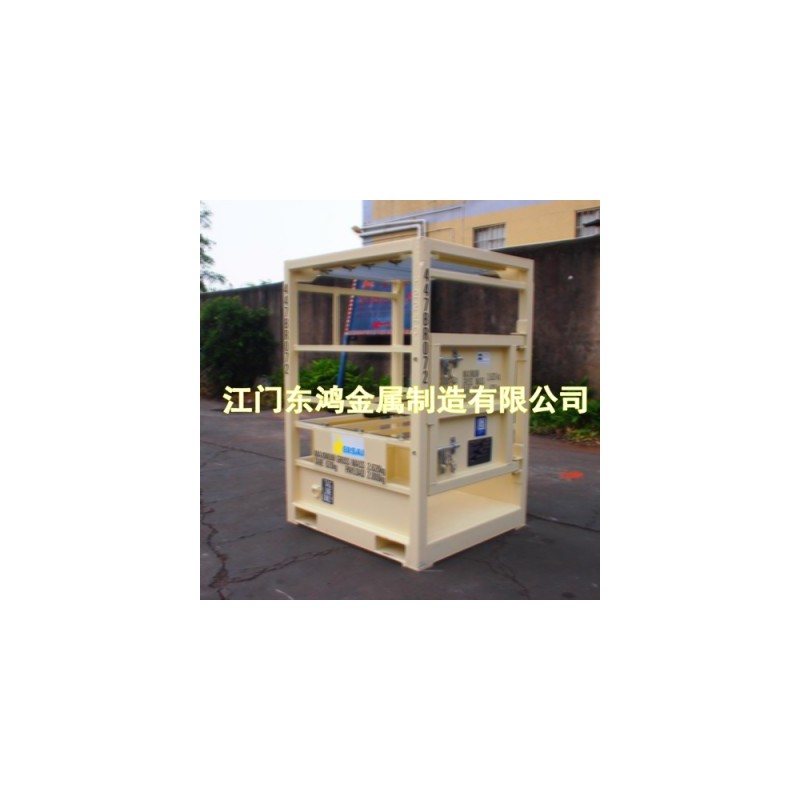
LOCATION : HOME ? NEWS ? Entertainment
Entertainment
Container basics
First, the container definition
Containers were produced in the United Kingdom and developed in the United States. The container is a rigid or semi-rigid container when transporting boxes, cans, altars, bags, etc., which have a certain strength and a certain shape; when transporting powdery or granular unpackaged bulk goods, it is a a flexible container. The container referred to here generally refers to a metal box which has a certain volume and is suitable for transporting in different modes of transportation, has certain strength and rigidity, and can be used repeatedly.
The definition of containers has specific provisions in national standards, various international conventions and documents, and their contents are not consistent. The definition in the International Organization for Standardization (ISO) ISO-830-1981 Container Terminology is:
A container is a type of transportation equipment:
(a) has sufficient strength to be used repeatedly for a long time;
(b) suitable for one or more modes of transport, when transporting on the way, the goods in the box do not need to be reloaded;
(c) Devices with fast handling and handling, which are particularly convenient for transfer from one mode of transport to another;
(d) facilitating the filling and emptying of goods;
(e) has a volume of 1 m3 or more and 1 m3 or more.
The term container does not include vehicles and general packaging.
At present, many national standards, such as the Japanese industrial standard JISZ 1613-72 "International Large Container Terminology", French National Standard NDH90-001-70 "Container Terminology", China National Standard GB1992-85 "Container Terminology" are comprehensive The definition of the International Organization for Standardization is cited.
Second, container transportation
Container transportation refers to a novel mode of transportation in which goods are transported in containers. Modern container shipping was born in 1956 and was first adopted by the Pan-Atlantic Steamship Co. of the United States. The emergence of the world has brought about tremendous changes in the face of world transportation. It has broken through all the old rules and regulations and management systems in the past, forming an independent set of rules and regulations and management system, and is the most advanced modern transportation mode. Container transportation has the characteristics of “safe, rapid, simple and inexpensive”, which is conducive to reducing transportation links and achieving multimodal transport of containers through comprehensive utilization of various modes of transportation such as railways, highways, waterways and aviation. Therefore, as soon as container transportation appeared, it was widely welcomed by people in the industry, showing strong vitality and broad development prospects.
